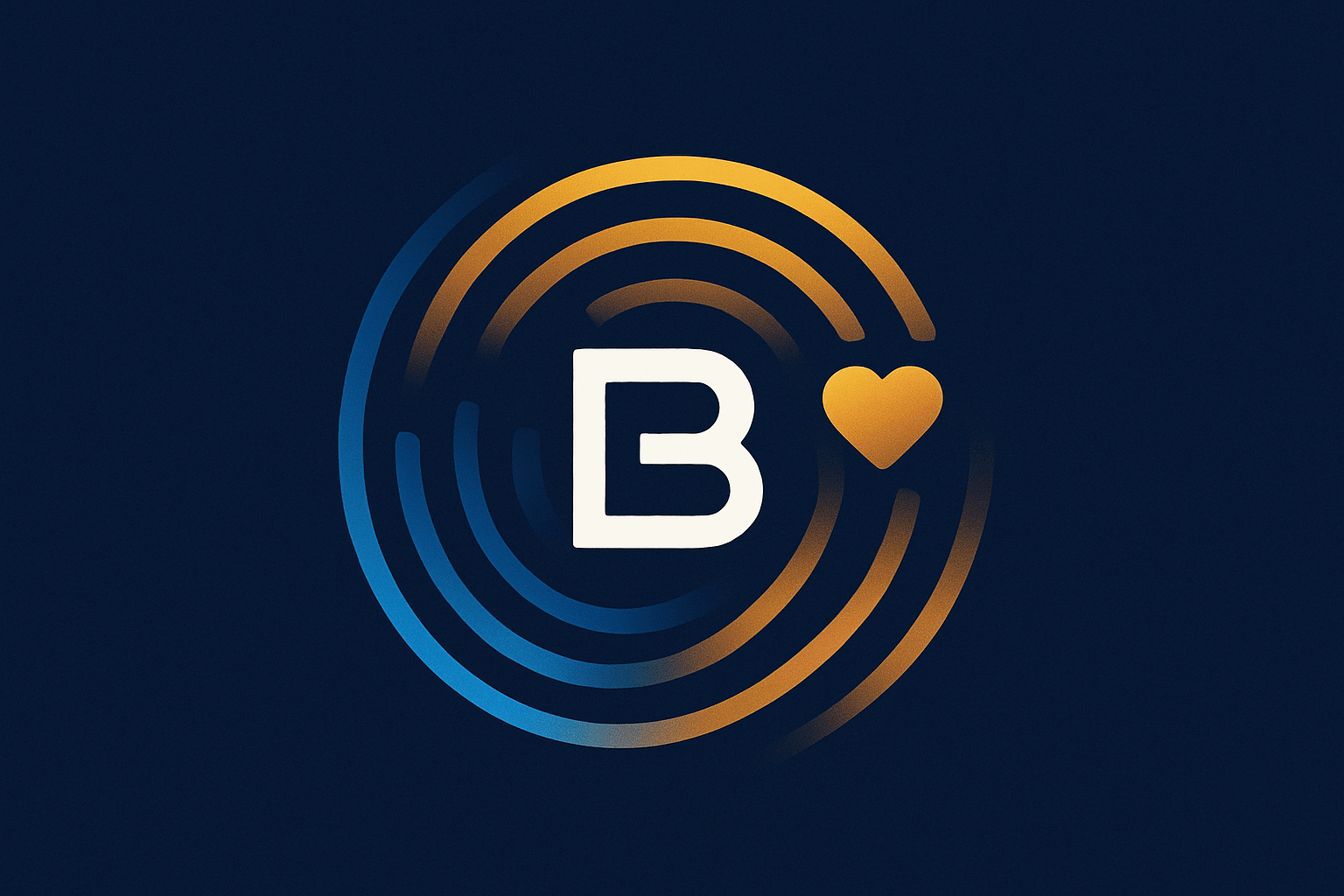“You can close your eyes but you can’t close your ears.” Anonymous
When most people think of branding, they think visuals: logos, colors, typography.
But there’s another layer equally powerful, and often more emotionally resonant: sound.
Think about it.
* Intel’s 5-note chime
* Netflix’s iconic “ta-dum”
* McDonald’s “I’m lovin’ it” jingle
* The HBO static hum and boom
* Apple’s soft startup tone
You hear it and instantly, you feel something.
You may even picture the brand before seeing anything.
That’s not an accident.
That’s sonic branding and it’s one of the most underused emotional drivers in modern marketing.
What Is Sonic Branding?
Sonic branding is the strategic use of sound and music to reinforce brand identity, evoke emotion, and enhance recall.
It includes:
- Sound logos (short audio signatures)
- Branded music (theme songs, jingles)
- UX sounds (notifications, confirmations, loading cues)
- Voice branding (tone, pace, pitch of spoken audio)
- Environmental audio (in stores, lobbies, apps, or ads)
Where visual branding communicates meaning through form, sonic branding does it through feeling instantly and subconsciously.
Why Sonic Branding Works: The Brain Knows Before You Do
Sound travels faster to the brain than sight and reaches the emotional centers (like the amygdala and hippocampus) first.
This means:
You feel the brand before you think about it.
The right sound creates instant recognition in less than a second.
Over time, your brain associates that sound with an emotional state (comfort, energy, nostalgia, trust).
This is what makes sonic branding so powerful. It doesn’t just say who you are it feels who you are.
Research Says…
A Harvard Business Review study found that brands with consistent audio signatures had a 96% increase in brand recall compared to those without.
Repetition + Emotion = Long-term memory
In another study, people recognized Intel’s audio logo faster than its visual logo.
That’s the speed and stickiness of sound.
Real-World Examples
Here are a few brands using sonic branding intentionally:
- Netflix
Their two-note “ta-dum” is not just an intro. It’s a psychological cue. It signals excitement, anticipation, comfort “me time.” And now, it’s globally iconic.
- Apple
From the calming startup chime to the swoosh of “send” in Mail every Apple sound is polished, minimal, and intentional. It reinforces the brand’s identity: elegant, modern, seamless.
- McDonald’s
“I’m lovin’ it.” You just sang it in your head. Enough said.
- British Airways
They use a classical composition (“The Flower Duet”) during boarding and advertising. It creates a sense of luxury, heritage, and calm even before you’re in the air.
How to Build Your Own Sonic Brand
Even if you’re not Netflix or Apple, you can still develop a powerful sonic identity.
Here’s how:
1. Define Your Brand’s Emotional Tone
Are you playful, bold, comforting, cutting-edge, classic?
Your sound should match the emotion you want customers to feel.
2. Choose a Core Audio Element
Start small: a sound logo, notification sound, podcast intro, or video stinger.
Keep it short (3–5 seconds max) and make it repeatable.
3. Ensure Consistency Across Channels
Use your sonic branding in:
- Ads
- Social videos
- Website/app
- Events
- Customer touchpoints (e.g., onboarding, confirmations)
4. Work with Professionals
Collaborate with audio designers or composers who understand branding.
AI-generated music is improving, but emotion needs a human touch.
Bonus: Sonic Branding in the Age of Voice and AI
With the rise of:
- Voice assistants (Alexa, Siri, Google)
- Smart devices
- Podcasting
- Immersive experiences (VR/AR)
Sound is no longer optional it’s the front door of your brand.
Soon, people may interact with your brand without ever seeing it.
In that world, your sonic identity is your first impression and your most powerful memory hook.
Visuals inform.
Sound moves.
The brands that succeed in tomorrow’s market won’t just be seen they’ll be heard, remembered, and felt.
So ask yourself:
- If your brand had a voice, what would it say?
- If your brand had a melody, what would it make people feel?
- If your brand entered a room could we hear it coming?
Because in a noisy world, the most strategic sound wins.
Dr. Martin Mawo is a behavioral science and marketing strategist exploring how sensory experiences shape emotional decisions. He writes about music, neuroscience, and the future of brand influence.




